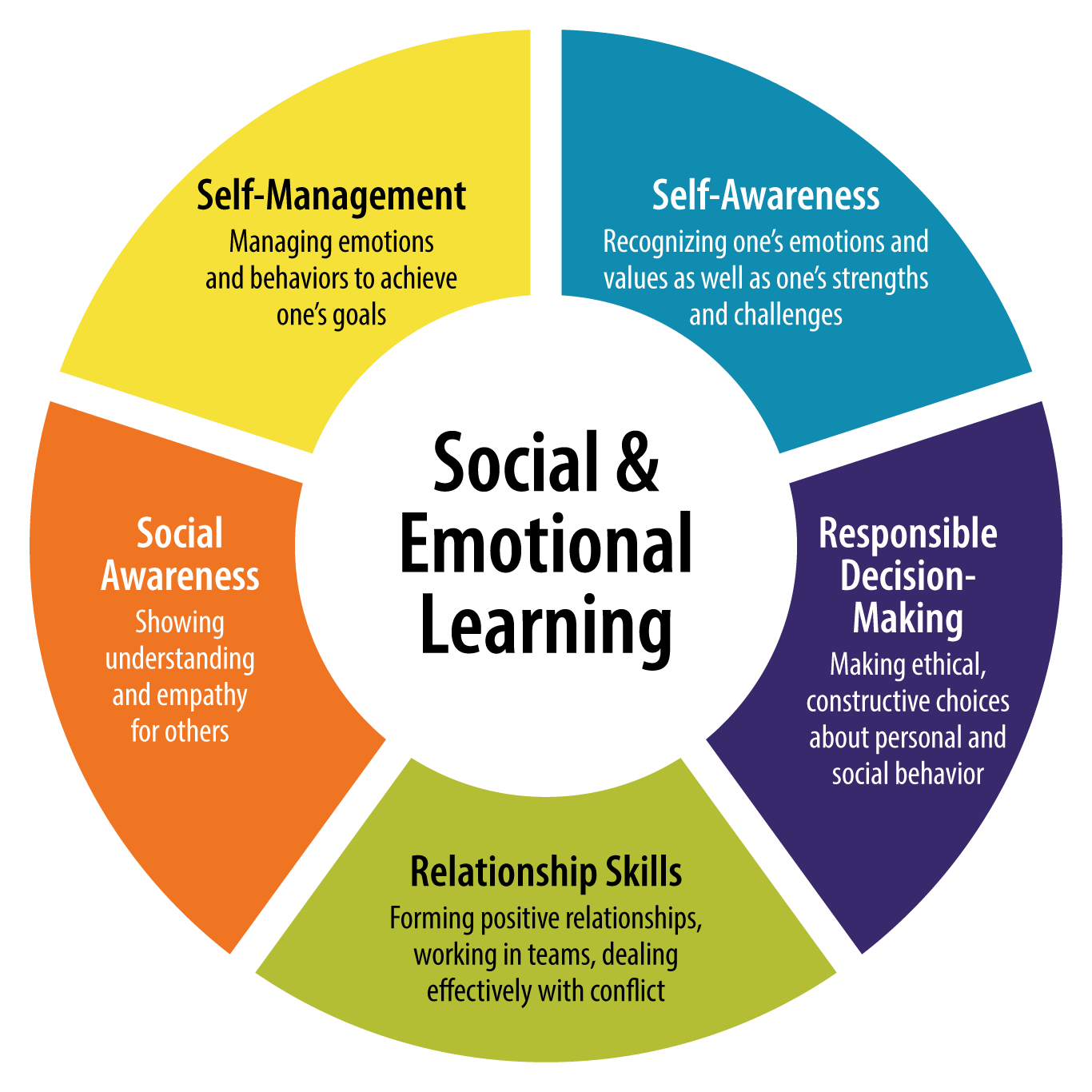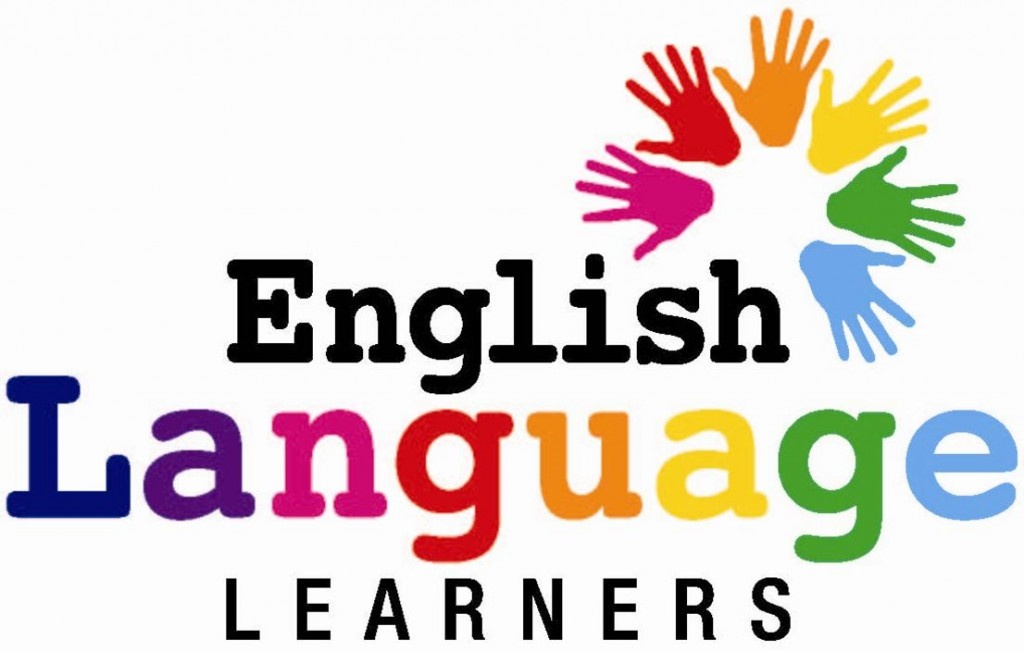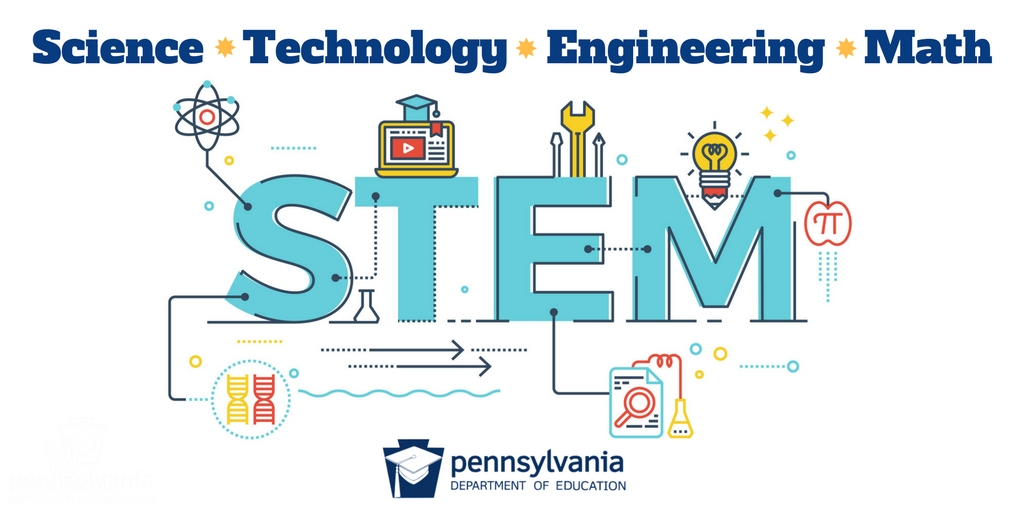
Social Emotional Learning when students can manage their own emotions, make responsible decisions, and create positive relationships with others. There are many things you can do within your own classroom to ensure you are meeting the emotional and social needs of your students. I plan on including these various activities within my own classroom in the future. You can do daily check-ins with your students. This can simply be a chart paper where they come and place a sticky note every morning talking anything they want you to know. This helps to create a safe classroom environment for your students. You can also include a calm down corner for students to go to if they need a second to think and process their thoughts before lashing out on someone else. The big thing is to create a caring community of learners within your classroom. All students should feel accepted and valued, so they will feel comfortable opening up to you and their classmates. You can also encourage your students to reflect on their feelings through art and writing. Something as simple as a morning meeting where the students get to talk amongst one another about things they want to share. This gives the teacher and the other students in the class an idea of what may be going on in some of their lives. It also helps to create empathy for other students. Which is an important skill for students to learn. If your students are not ok socially and emotionally that will reflect in their work. It is important for you to understand what they are going through, so you can understand how to help. Things that you can do to encourage social emotional learning include, setting high expectations, encouraging responsible decision making, using student centered discipline, and providing support to students when needed. Conscious Discipline helps the students to manage their own behavior which eliminates the need for a reward/punishment. Self-regulation is the ultimate goal. We want to help our students to become leaders of their world. This includes teaching them how to manage their own emotions. If your students are aware of what makes them tick they will ultimately be more successful in your classroom.
Conscious Discipline Basics
















